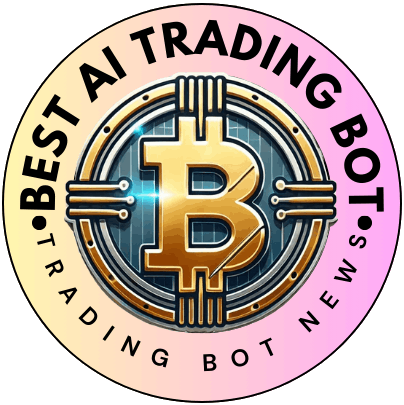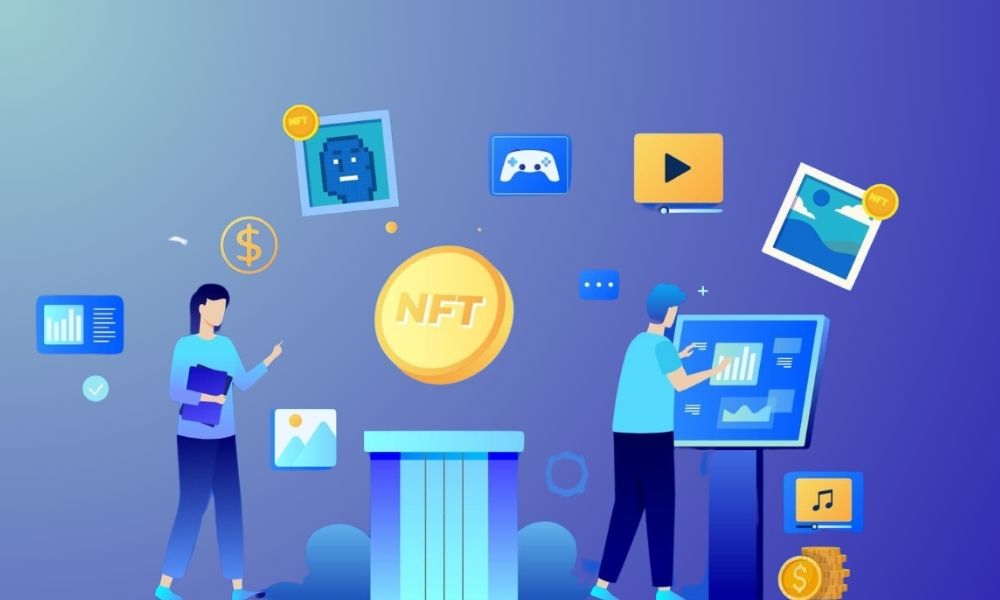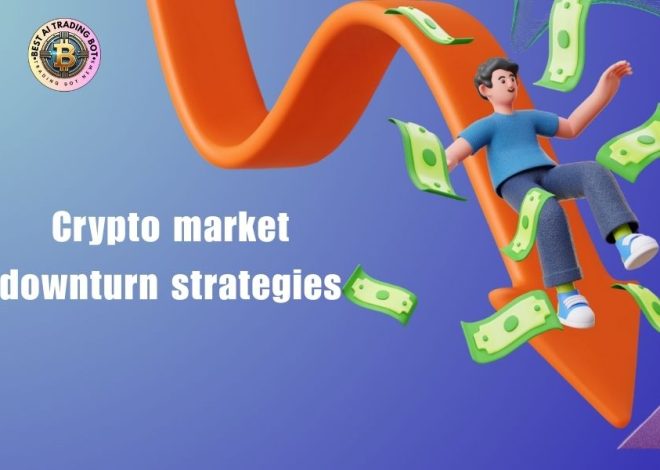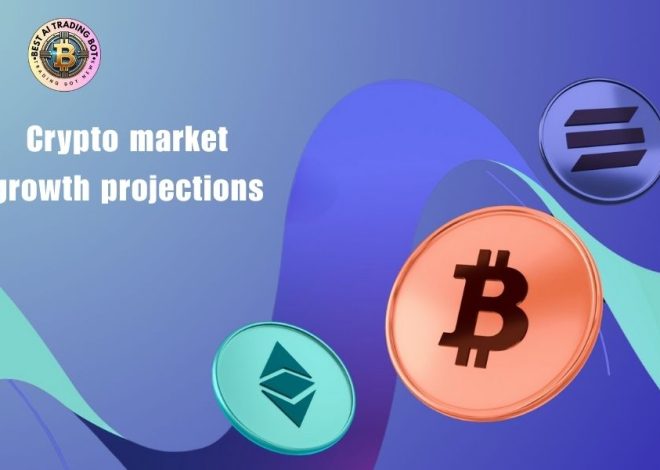
Exploring The Future Of Digital Collectibles In A Web3 World
As blockchain technology continues to evolve, digital collectibles are rapidly becoming more than just internet novelties. In the decentralized landscape of Web3, these unique assets are reshaping how we define ownership, value, and community engagement online. From NFT art to virtual land and tokenized items, the future of digital collectibles holds immense potential across gaming, entertainment, and commerce. In this article, we’ll dive into how this evolution is unfolding, what it means for creators and collectors and why now is a pivotal moment to understand the digital ownership revolution.
Contents
Future of digital collectibles – The rise of cross chain NFTs
The future of digital collectibles is increasingly shaped by the rise of cross chain NFTs, offering unprecedented flexibility and connectivity. Traditional NFTs are often restricted to a single blockchain, limiting their usability and market reach. Cross chain technology breaks these barriers, enabling digital assets to move freely between ecosystems like Ethereum, Solana, and Polygon. This unlocks broader exposure, reduces transaction costs, and enhances liquidity. As a result, collectors and creators gain access to a much larger, more dynamic marketplace.
To enable this seamless transition, blockchain bridges and multi chain smart contracts play a vital role. These tools ensure that assets maintain their authenticity and security as they move across different networks. For instance, an NFT minted on Ethereum can now be traded on Flow without compromising ownership. This level of interoperability supports a more open, fluid NFT ecosystem. Artists and developers can leverage this to increase visibility and monetization potential across platforms.
Ultimately, this advancement reinforces the future of digital collectibles as a decentralized, borderless domain. It empowers creators to reach global audiences without being limited by the technical confines of one network. Collectors also benefit from improved flexibility, accessing assets across multiple chains with ease. As Web3 infrastructure matures, cross chain capabilities are becoming a cornerstone for next gen digital ownership. This evolution paves the way for more innovation, inclusion, and freedom in the world of NFTs.
Tokenizing digital assets in gaming: True ownership in virtual worlds
The future of digital collectibles in gaming is redefining what it means to own virtual assets. Instead of merely renting items from developers, players can now truly own, trade, and even transfer assets across different games. Thanks to blockchain standards like ERC-721 and ERC-1155, ownership verification becomes transparent and secure. These digital assets are no longer just cosmetic, they now carry real economic value. This shift is disrupting centralized models and ushering in a new era of freedom over in game assets.
Beyond ownership, the integration of NFTs with DeFi adds financial utility for players. Gamers can stake their NFTs for rewards or use them as collateral for loans in DeFi ecosystems. Some platforms even distribute dividends based on the rarity and liquidity of in-game items. This creates a gamified financial system where collectibles are income-generating assets. As a result, a truly sustainable and expansive in-game economy is taking shape, offering more than just entertainment.
Projects like Axie Infinity and The Sandbox exemplify the potential of the play to earn model. Players aren’t just gaming, they’re earning passive income from their activities in virtual worlds. This development fosters strong communities and expands the reach of open ecosystems. The future of digital collectibles in gaming opens the door to authentic digital ownership and builds new economic systems where players are at the center. It marks a bold step forward in reshaping the role of gaming within the Web3 economy.
The role of blockchain in the future of digital collectibles
Blockchain technology serves as the core foundation behind the future of digital collectibles, offering a secure and transparent ledger for recording ownership and transaction history. This decentralized infrastructure fosters trust in digital assets, making them verifiable and immutable. Leading blockchains such as Ethereum, Solana, and Polygon have become the backbone for popular NFT marketplaces like OpenSea and Rarible. Beyond security, blockchain enables cross-platform functionality, allowing digital collectibles to be integrated into various environments such as virtual worlds and blockchain based games. These features are redefining the utility and mobility of digital assets in a connected Web3 ecosystem.
As blockchain technology advances, the future of digital collectibles is set to become more efficient and sustainable. Faster transaction speeds and lower fees are on the horizon, making the creation and exchange of digital assets more accessible to the masses. Innovations in green blockchain solutions aim to reduce the environmental impact, addressing long standing concerns over the energy consumption of NFT minting. This evolution not only enhances scalability but also broadens the use cases for collectibles across industries. As trust and utility improve, digital ownership will become a more mainstream and powerful concept in the digital economy.
Legal infrastructure and security: The key to sustainable development
The future of digital collectibles can only grow sustainably with a solid legal infrastructure. Global regulations on taxes, intellectual property rights, and anti-money laundering need to be aligned to protect users from potential risks. A clear legal framework will help both investors and creators feel secure, while driving the market’s development. Without such regulations, it would be difficult for NFTs and other digital assets to gain widespread acceptance in the global community.
Smart contract technology also plays a crucial role in protecting the rights of creators. These contracts automate royalty payments, ensuring that artists receive 5-10% from each derivative transaction, helping them maintain a sustainable revenue stream. At the same time, Layer 2 solutions like Polygon not only reduce energy consumption but also aim for carbon neutral NFTs, contributing to environmental protection. This is an important step toward developing digital assets in a responsible and sustainable way.
In conclusion, the future of digital collectibles in a Web3 world is filled with exciting possibilities, but it also comes with its challenges. Legal clarity, technological innovation, and environmental considerations will all play crucial roles in shaping the evolution of this space. As the market continues to grow, staying informed and being mindful of these developments is essential. To stay ahead of the curve and explore more insights on the world of digital assets and collectibles, follow Best AI Trading Bot for the latest updates and trends in the rapidly evolving Web3 landscape.




